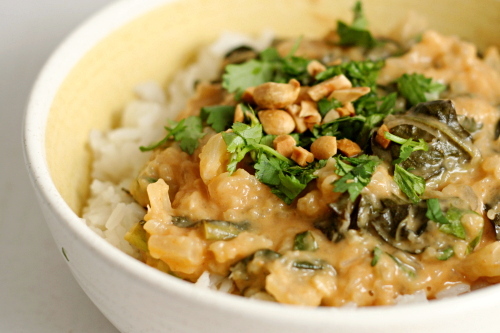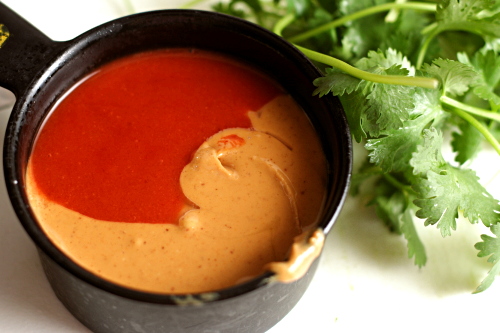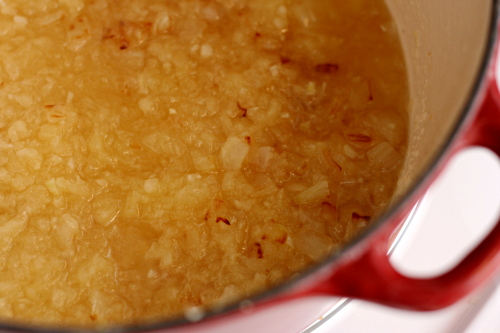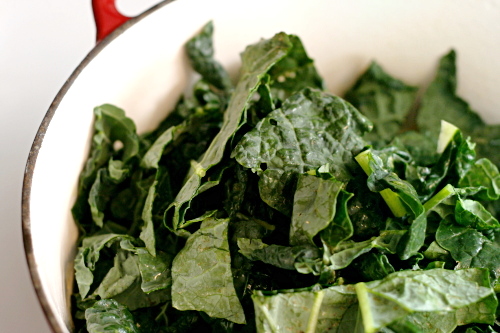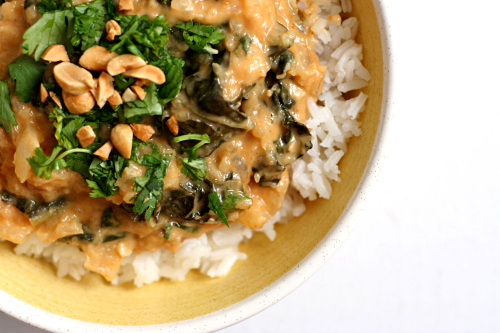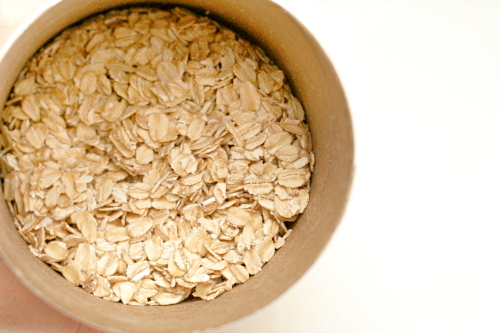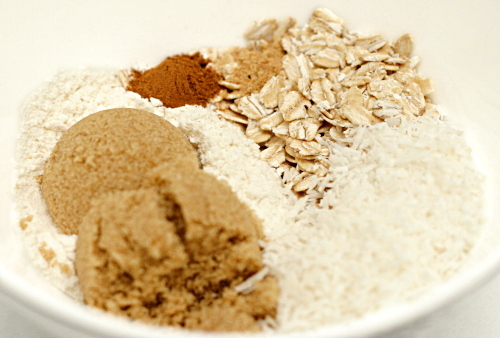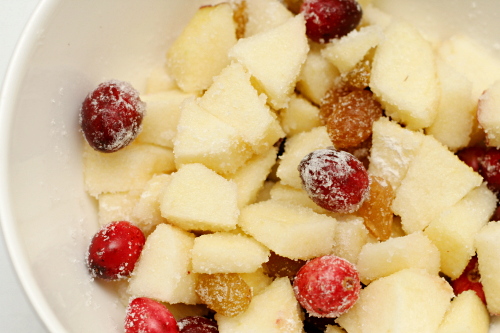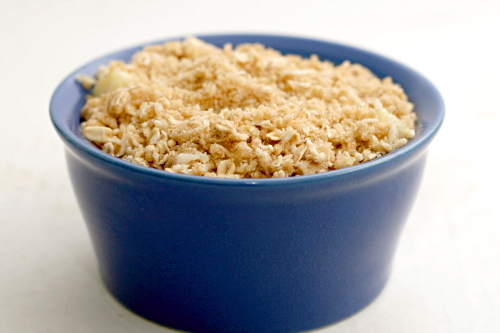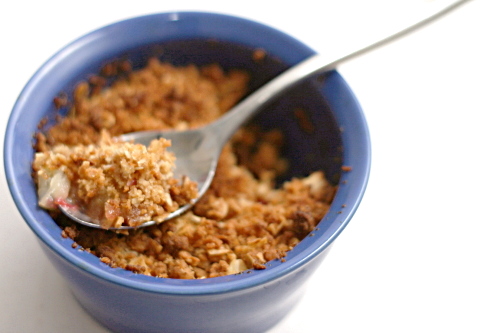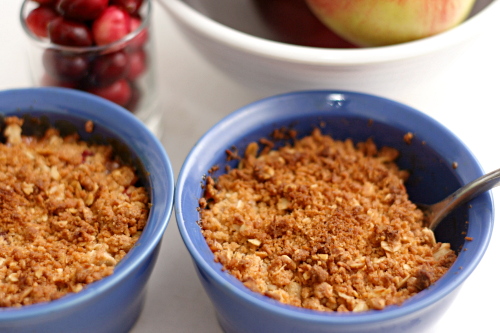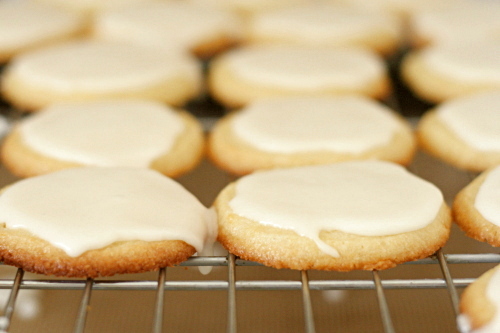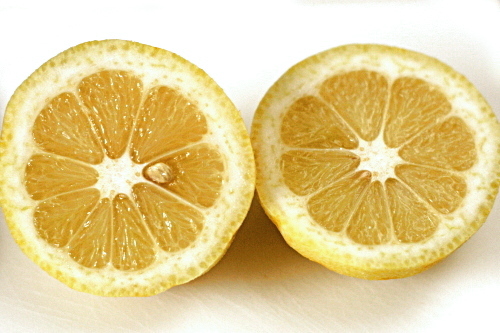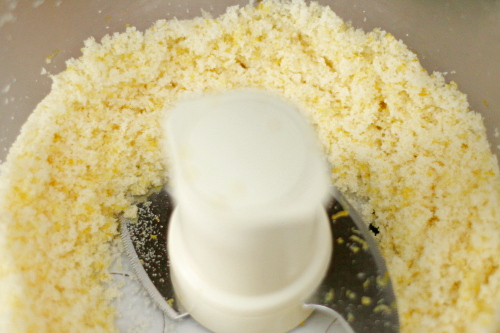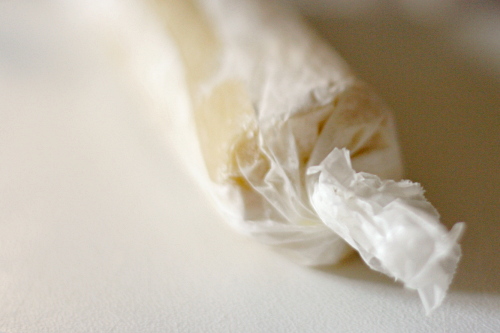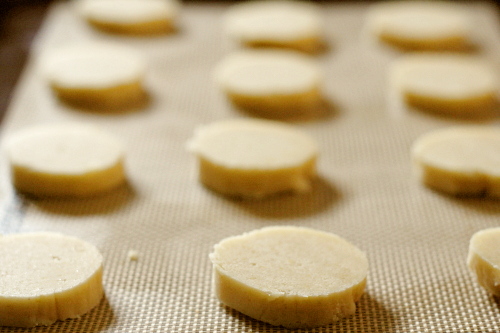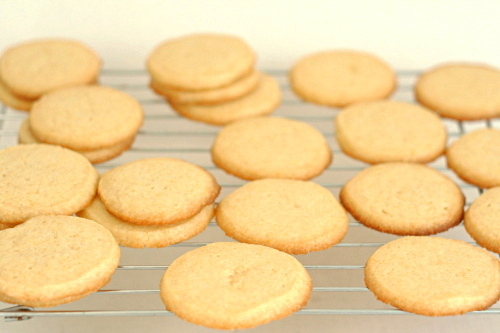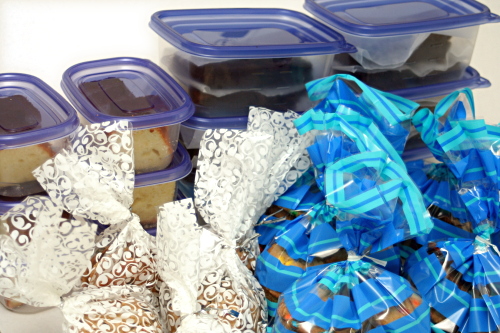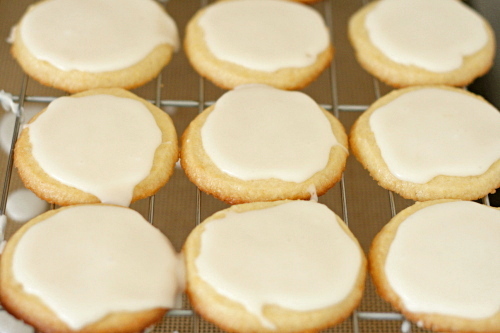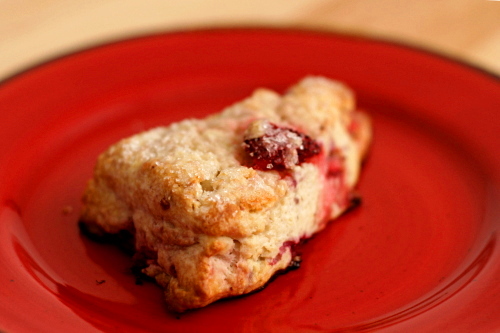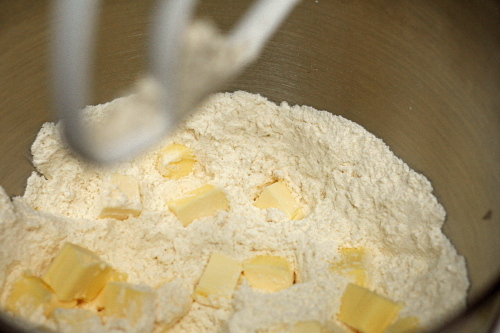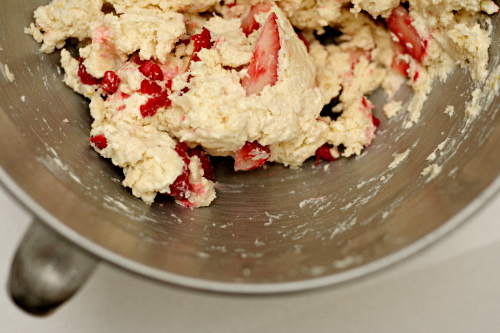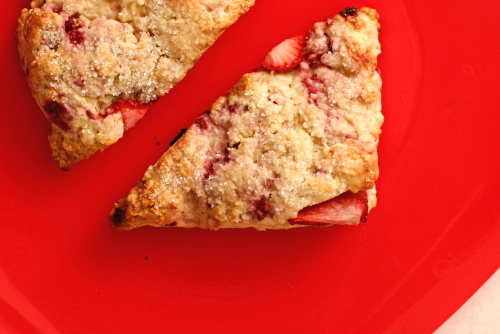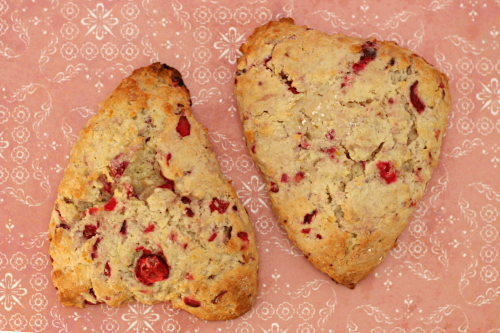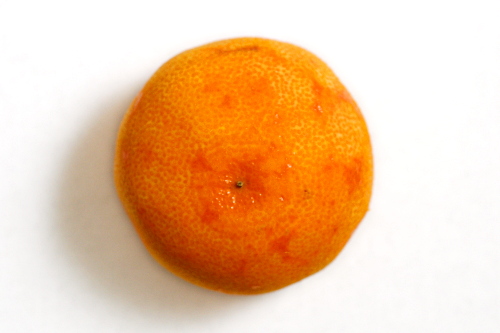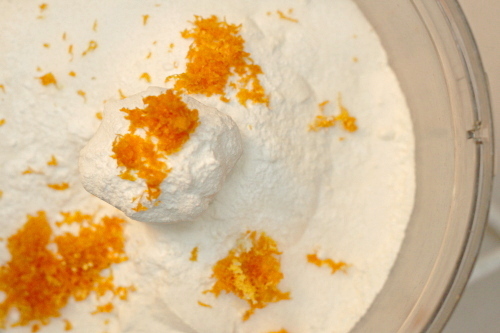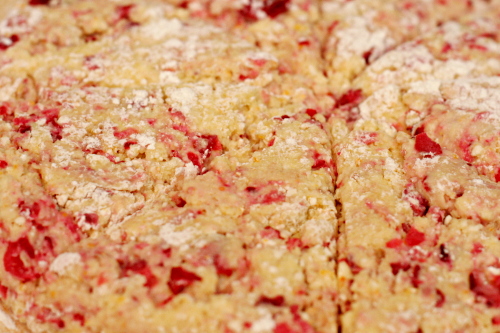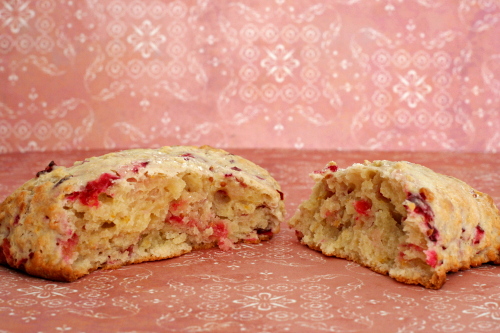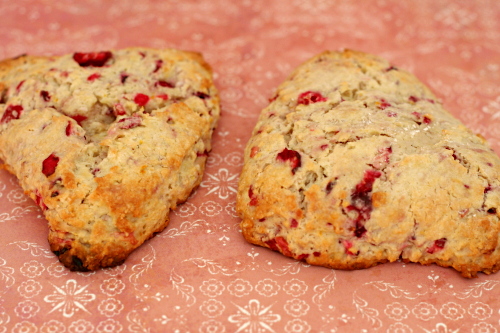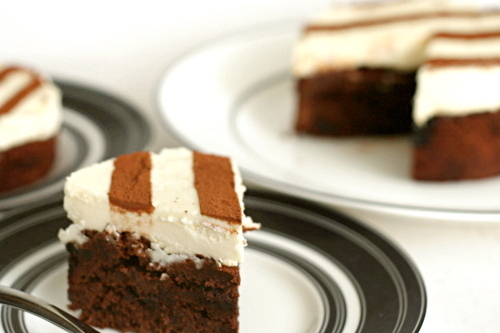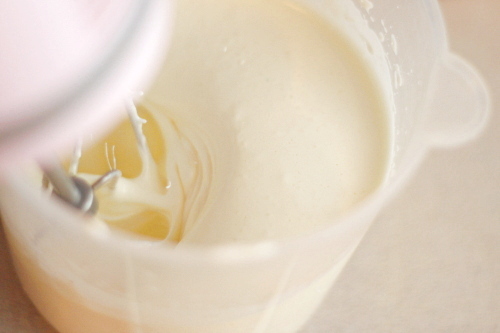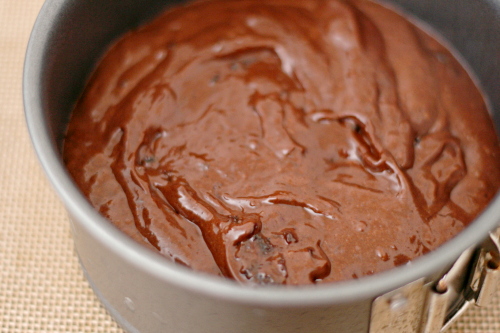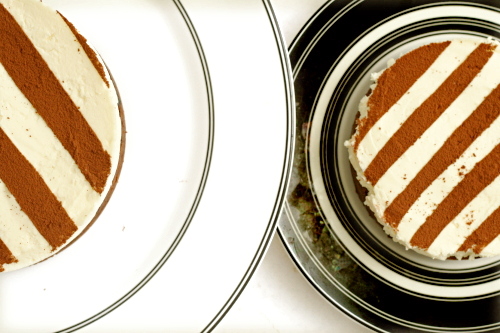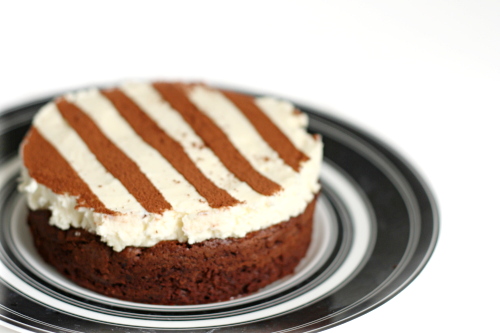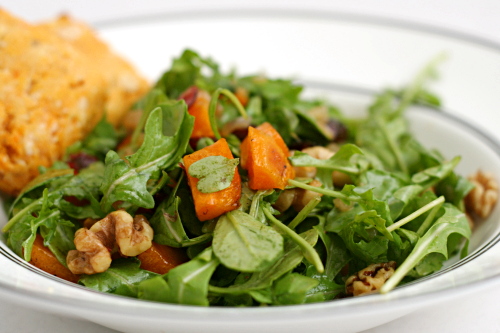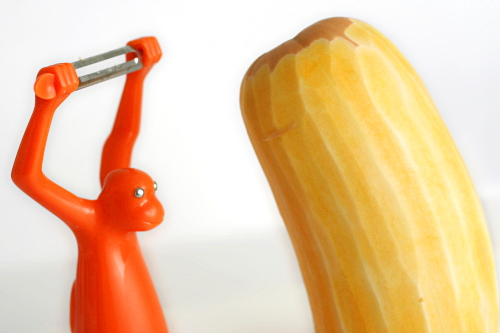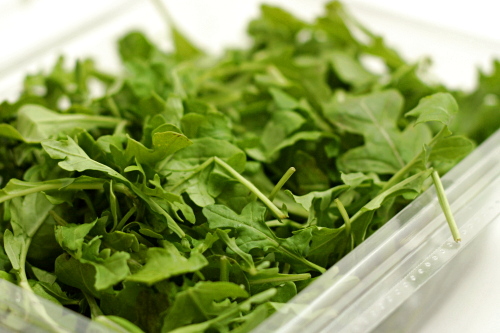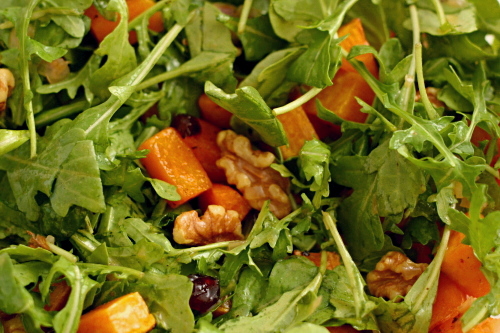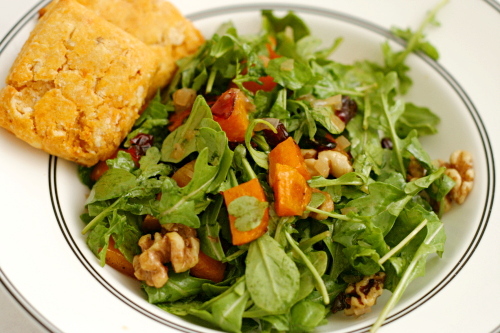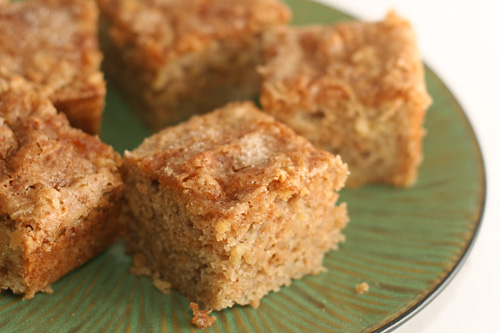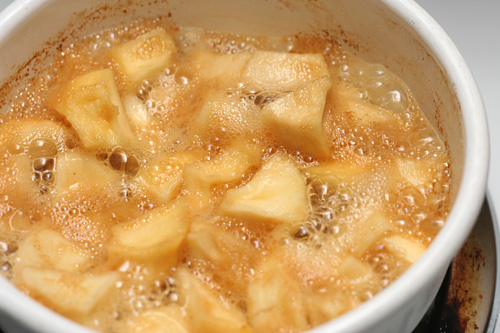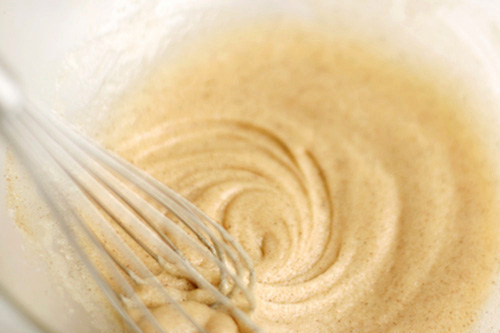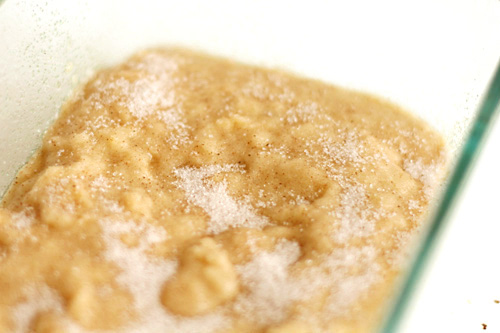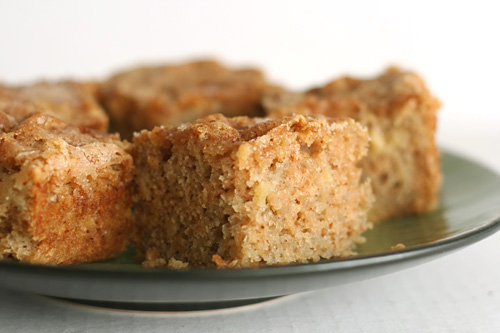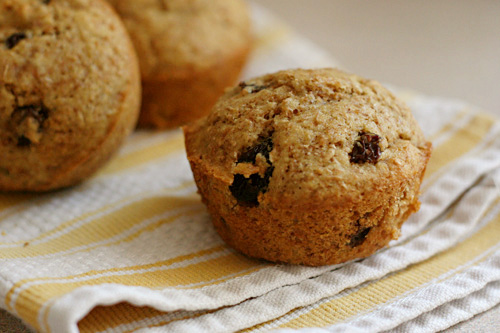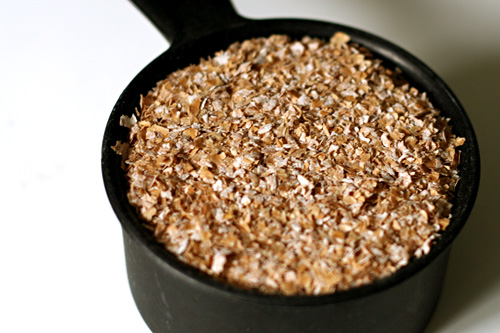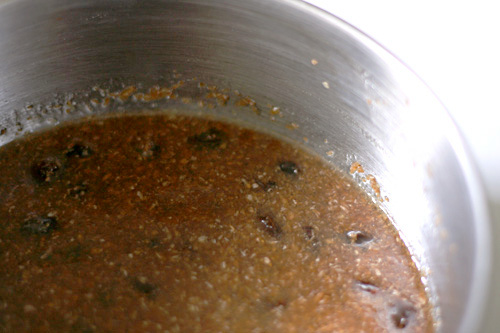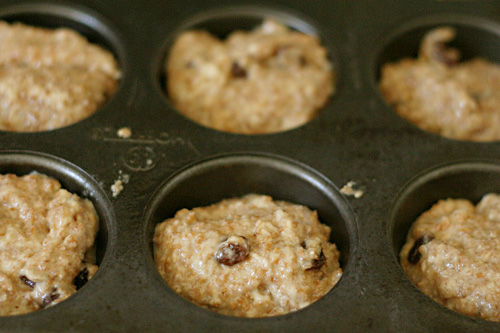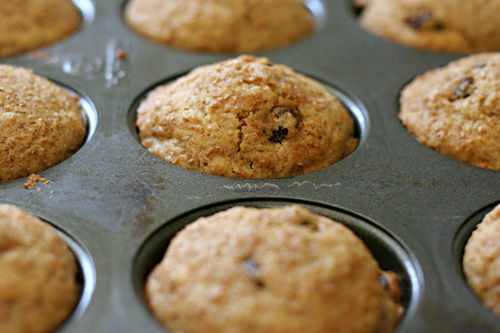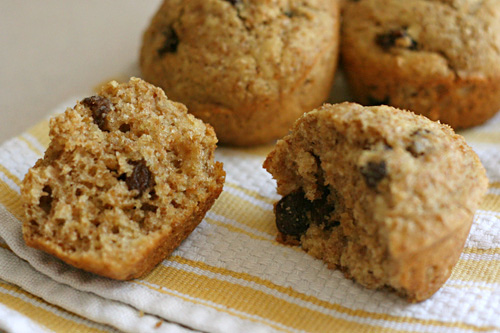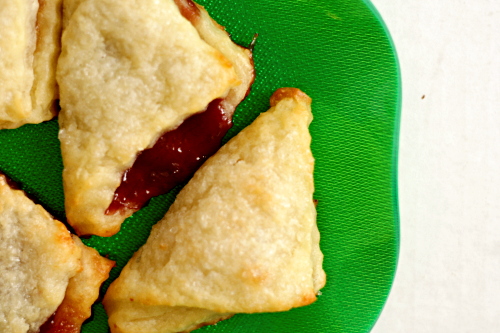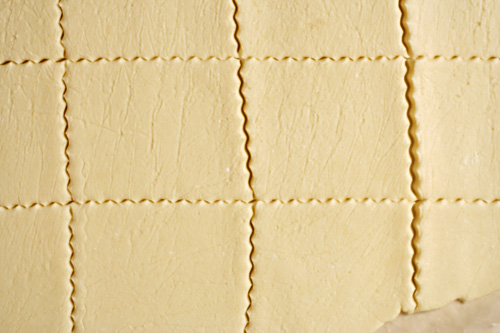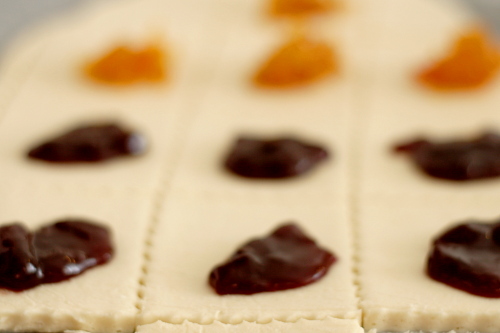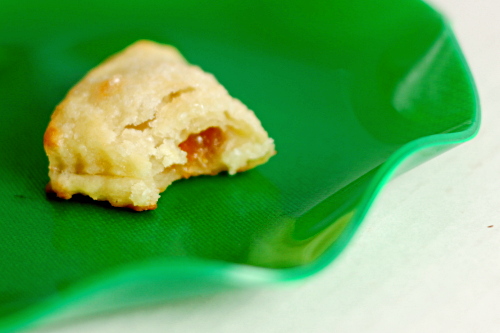I sort of hate when I find great recipes from blogs that come from a cookbook I already own. I guess it makes sense – now it isn’t just words on a page because someone (in this case, a number of people) is actually recommending it. But man, I sure wish that I could be the person to pick out the oddball recipe from the cookbook and spread the word about how great it is! You can tell I’m not one of those people who finds good stuff at thrift shops, can’t you?
But can you really blame me; I mean, come on, pineapple, peanut butter, onions, and kale? Who would have expected that to come together into something delicious?
It did though. No one of the flavors dominated; it wasn’t like I took a bite of stew and thought, “mm, pineappley.” Everything was in balance, coming together to create a meal that was earthy and comforting. I was surprised by how tasty it was, and I’m surprised that I’m already thinking that it would be the perfect way to use up the rest of the jar of peanut butter before we move. Who knew I’d ever crave pineapple stew?
One year ago: Pumpkin Ravioli
Printer Friendly Recipe
African Pineapple Peanut Stew (adapted from Moosewood Restaurant Cooks at Home)
4 servings
I used natural peanut butter, which worked great. Also, I only had Frank’s hot sauce, which isn’t as spicy as some, and I would have loved a little more heat. I think a pinch of cayenne added with the garlic would be great too.
1 tablespoon vegetable oil
1 small onion, diced
salt
2 garlic cloves, minced
1 bunch kale or Swiss chard, large stems discarded, leaves chopped coarse
1 (20-ounce) can crushed pineapple, undrained
½ cup peanut butter
1 tablespoon Tabasco or other hot pepper sauce
½ cup chopped fresh cilantro
¼ cup peanuts, chopped
1 scallion, sliced
1. Heat the oil in a 5-quart Dutch oven over medium heat. Add the onion and a pinch of salt and sauté, stirring occasionally, until just browned at the edges, about 8 minutes. Add the garlic and cook, stirring constantly, until fragrant, about 30 seconds.
2. Add pineapple to the pot and bring to a simmer; add the greens, cover, and simmer for about 5 minutes, stirring occasionally, until just tender. Stir in the peanut butter and hot sauce and simmer for another 5 minutes, until the flavors are blended. Stir in the cilantro just before serving and add salt if necessary. Serve over rice or couscous, garnishing each serving with the peanuts and scallions.
